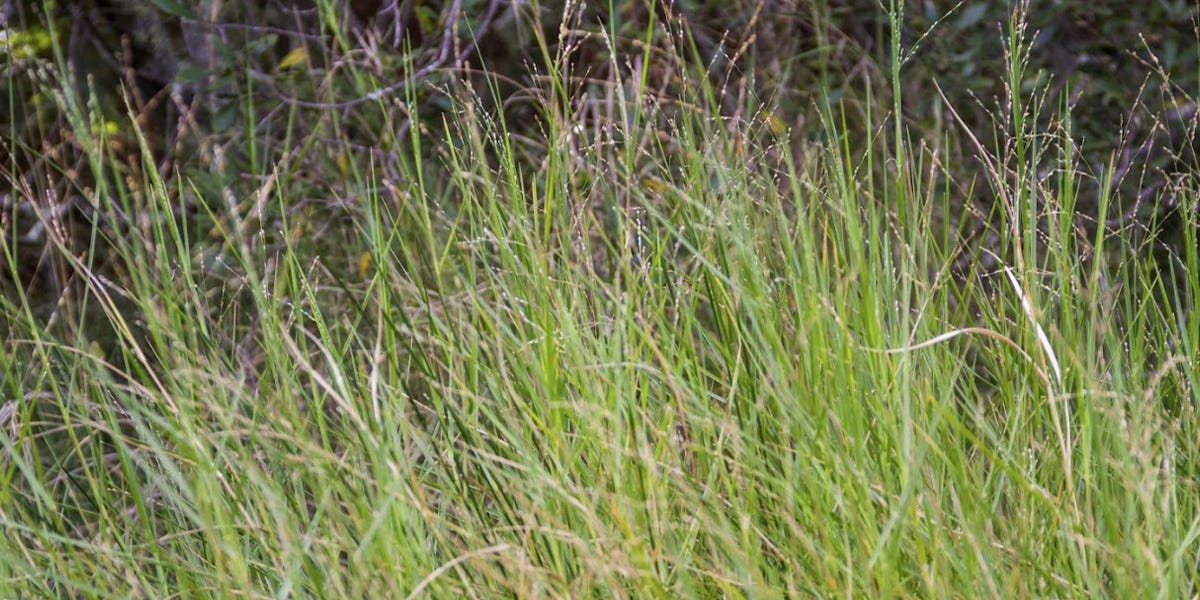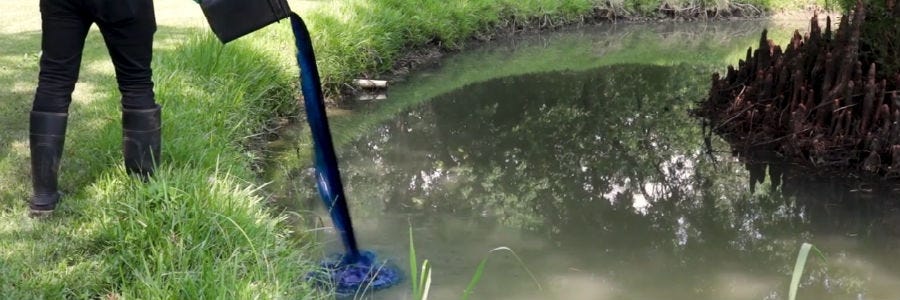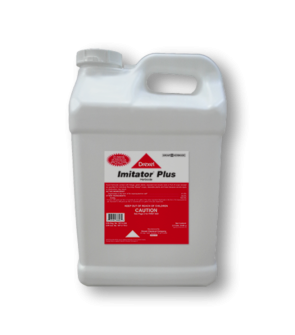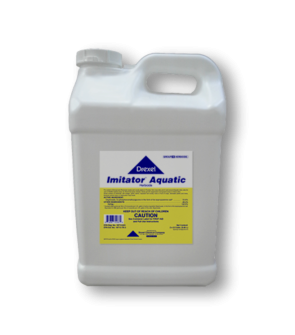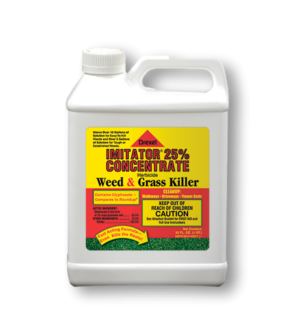Gain access to personalized product screening, the best pricing, rewards, and more!
Most Effective Products
Torpedograss Control: How To Get Rid of Torpedograss
Torpedograss is an invasive aquatic and land plant that is native to Africa and Asia. The was imported to the United States initially as a forage crop but soon became a nuisance due to its rapid growth habit on ranges and pastures as well as in ditches and lakes.
Whether on land or in water, this weed can be tough to get rid of without a well-thought-out plan. If you have Torpedograss plaguing your pond or lake, we can help. Our DIY guide below was put together by our experienced aquatic weed specialists and contains the best product recommendations and know-how for you to successfully remove this invasive weed from your pond.
Identification

Torpedograss can grow up to 3 feet tall, growing from underground rhizomes that have hard pointed tips that resemble torpedoes (which is how they got their name). The hairy leaves of Torpedograss are small and slender and reach about 2 to 10 inches long. When mature, Torpedograss has an inflorescence that are branched and open spikelets that point upwards.
Torpedograss can often be confused with a similar-looking plant called Maidencaine but can be differentiated by looking at the rhizomes and inflorescence. Torpedograss has torpedo-shaped rhizomes and a more open spread out influorescence while Maidencaine does not.
Use the following description and the corresponding image to help you to identify Torpedograss. If you need more help, contact us and we will help you to identify the weed that is troubling you.
Inspection

Survey your lake or pond and determine what the best and safest plan of option there is to take. You have to take into account how the lake or pond is utilized not only by humans but also by the fishes and aquatic life that inhabits the water. Asking yourself these questions and weighing the pros and cons of control before proceeding is a highly recommended step.
Where to Inspect
Lakes, ponds, ditches, streams, marshes and shallow water. Torpedograss can also grow in pastures and grazing areas.
What to Look For
Torpedograss can be easy to find. Look for tall slender grasses that are hairy with open-branched spikelets on the tips. Look for torpedo-like points on its rhizomes as well.
Treatment
For chemical treatments, it is essential to first put on the proper PPE for safety(gloves, glasses, mask). Our top recommended products to treat Torpedograss is Ecomazapyr 2 SL Herbicide. This product has demonstrated great results against Torpedograss and carries a wide label so it can kill a large number of other invasive aquatic weeds as well.
Step 1 - Mix the Ecomazapyr 2 SL Herbicide

Before using Ecomazapyr 2 SL Herbicide, you will need to calculate the size of the area to be treated by measuring and multiplying the area length times the width (length x width = square footage). To get acreage, you would need to take the square footage you calculated and divide by 43,560 (Square footage /43,560 = Acreage).
The application rate of Ecomazapyr 2 SL Herbicide is 4 pints of product per 100 gallons of water per acre.
Fill your spray tank with half the required amount of water, add in the appropriate measured amount of Ecomazapyr 2 SL Herbicide and then fill with the remaining amount of water. Agitate the sprayer well to mix the solution.
Step 2 - Apply Ecomazapyr 2 SL Herbicide to the Torpedograss
Using a backpack sprayer or hand-pump sprayer, apply the Ecomazapyr 2 SL Herbicide along the labeled water site during ideal temperatures. The best time to apply is when temperatures are above 60 degrees Fahrenheit.
Prevention
After treating your pond for Torpedograss, prevent the weed from re-establishing by applying Vision Pond Dye. Vision Pond Dye restricts plant development by filtering out UV sunlight into the water, which is needed by plants to conduct photosynthesis. Another big plus is that the dye will improve the color of your pond, restoring it to a natural-looking blue.
Key Takeaways
- Torpedograss is a frustrating noxious weed that is known to grow on both aquatic areas and land.
- Treatment with Ecomazapyr 2 SL Herbicide has shown to do a great job in getting rid of Torpedograss.
- Applying Vision Pond Dye after a herbicide application works as a great preventative measure that hinders Torpedograss growth and can improve the visual look of your pond.






